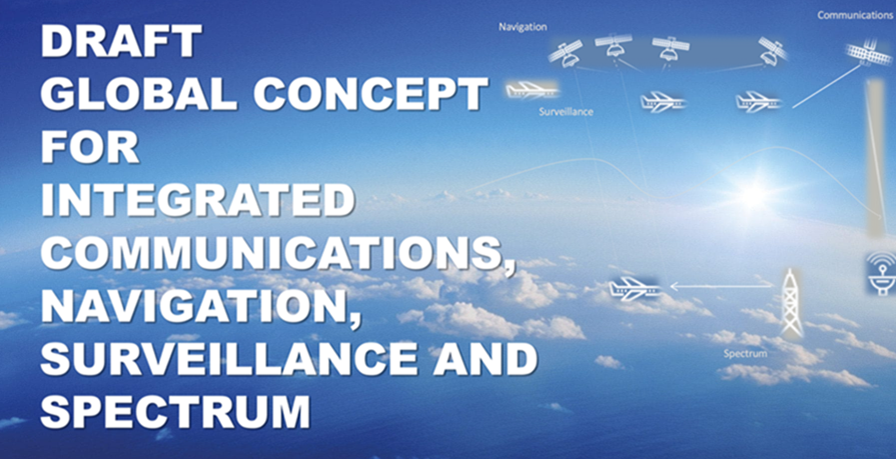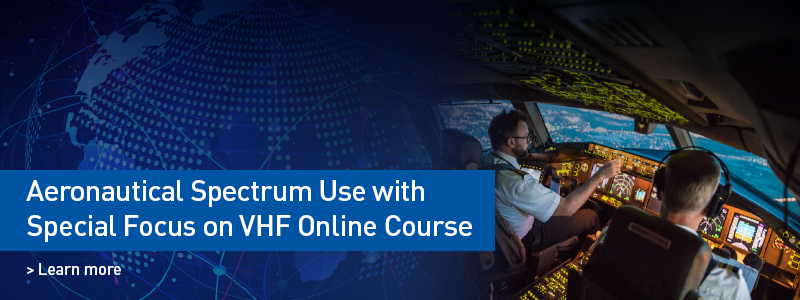Pages - Integrated CNSS Project
The latest version of the Draft Global Concept is available here:
The draft Global Concept For Integrated CNS and Spectrum

Modern-day aviation is not the same as a few years ago. Technological innovation and modernization are advancing at an ever-increasing pace. Major technological milestones often cannot be implemented, let alone in a harmonized manner, by ICAO Member States. To avoid unequal and incompatible implementation of new Communications, Navigation and Surveillance / Air Traffic Management (CNS/ATM) technologies, ICAO needs to continue improving the process of development/adoption of ICAO regulatory provisions and achieving consensus for timely and effective rollout.
In line with recommendations from the 13th Air Navigation Conference and recent Assembly Resolutions, ICAO has undertaken the integrated Communications, Navigation and Surveillance (CNS) and Spectrum (CNSS) project, focussing on a medium and long-term evolution of CNS systems and spectrum efficiency while improving global harmonization of the CNS infrastructure and identifying a new and streamlined framework for standardization of CNS systems and spectrum access. While remaining firmly focused on aviation safety and efficiency, this new framework would utilize input from industry in an effective yet fully validated manner, thus ensuring that the aviation sector remains a responsible user of the spectrum resource, while also delivering overall systems improvement.
Chapter 2 of this report indicates a draft high-level roadmap of CNSS evolution (which builds on several specialized roadmaps). Collectively, these outline the necessary strategic milestones and end goals in the medium (2040+) and long term (2050+). The CNS and avionics technology evolutional roadmaps include new concepts, such as flexible system design, that offer the opportunity to maximize the effectiveness with which aviation uses its allocated frequency spectrum. The result will assist: (a) early identification of spectrum-related issues and technology gaps; and (b) development of specific technical and performance specifications to support the implementation of future systems in a globally harmonized manner.
ICAO has prioritized the implementation of existing Standards over the development of new Standards. Performance-based Standards have been favoured over prescriptive Standards and detailed technical specifications. Faced with the rapid advancement of CNSS technology, the related ICAO CNSS standards framework needs to evolve. Otherwise one cannot ensure that SARPs, industry standards and detailed technical specifications will be developed in a harmonized manner and at the pace necessary to secure global interoperability and continued high safety levels. Achieving this will be a considerable challenge. However, the best approach needs to be defined in a timely manner, by ICAO, States and the aviation community as a whole, including new entrants. In order to identify the best methodology to balance "minimal essential CNSS SARPs" and "detailed technical specifications", the ICNSS-TF has undertaken to scrutinize and develop potential new standardization frameworks to better support system development by industry; and to categorize required CNSS standards frameworks for new systems as well as any required validation activity of the resulting industry inputs within ICAO. This will be further discussed in Chapter 3 of this report.
While considerable progress has been made, the ultimate objective of this effort is to propose a set of recommendations for endorsement by a future Assembly. States, international organizations and industry stakeholders are encouraged to support ICAO in the continuation of this effort.
